i am working on a research about the swimming of fishes using analysis of videos, then i need to be carefully with the images (obtained from video frames) with emphasis in the tail.
The images are in High-Resolution and the software that i customize works with binary images, because is easy to use maths operations on this.
For obten this binary images i use 2 methods:
1)Convert the image to gray, invert the colors,later to bw and finally to binary with a treshold that give me images like this, with almost nothing of noise. The images sometimes loss a bit of area and doesn't is very exactly with the tail(now i need more acurracy for determinate the amplitude of tail moves) image 1
2)i use this code, for cut the border that increase the threshold, this give me a good image of the edge, but i dont know like joint these point and smooth the image, or fitting binary images, the app fitting of matlab 2012Rb doesn't give me a good graph and i don't have access to the toolboxs of matlab.
s4 = imread('arecorte.bmp');
A=[90 90 1110 550]
s5=imcrop(s4,A)
E = edge(s5,'canny',0.59);
My question is that
how i can fit the binary image or joint the points and smooth without disturb the tail?
Or how i can use the edge of the image 2 to increase the acurracy of the image 1?
i will upload a image in the comments that give me the idea of the method 2), because i can't post more links, please remember that i am working with iterations and i can't work frame by frame.
Note: If i ask this is because i am in a dead point and i don't have the resources to pay to someone for do this, until this moment i was able to write the code but in this final problem i can't alone.
